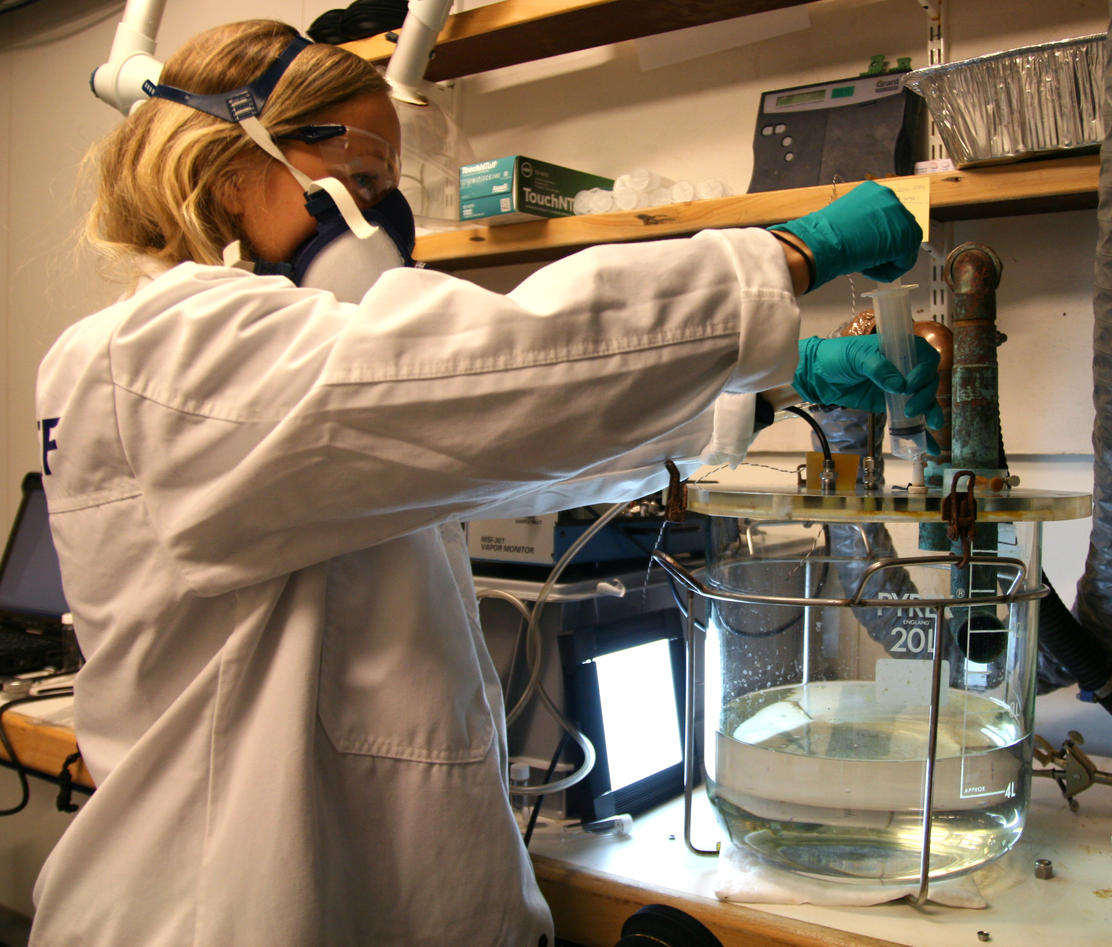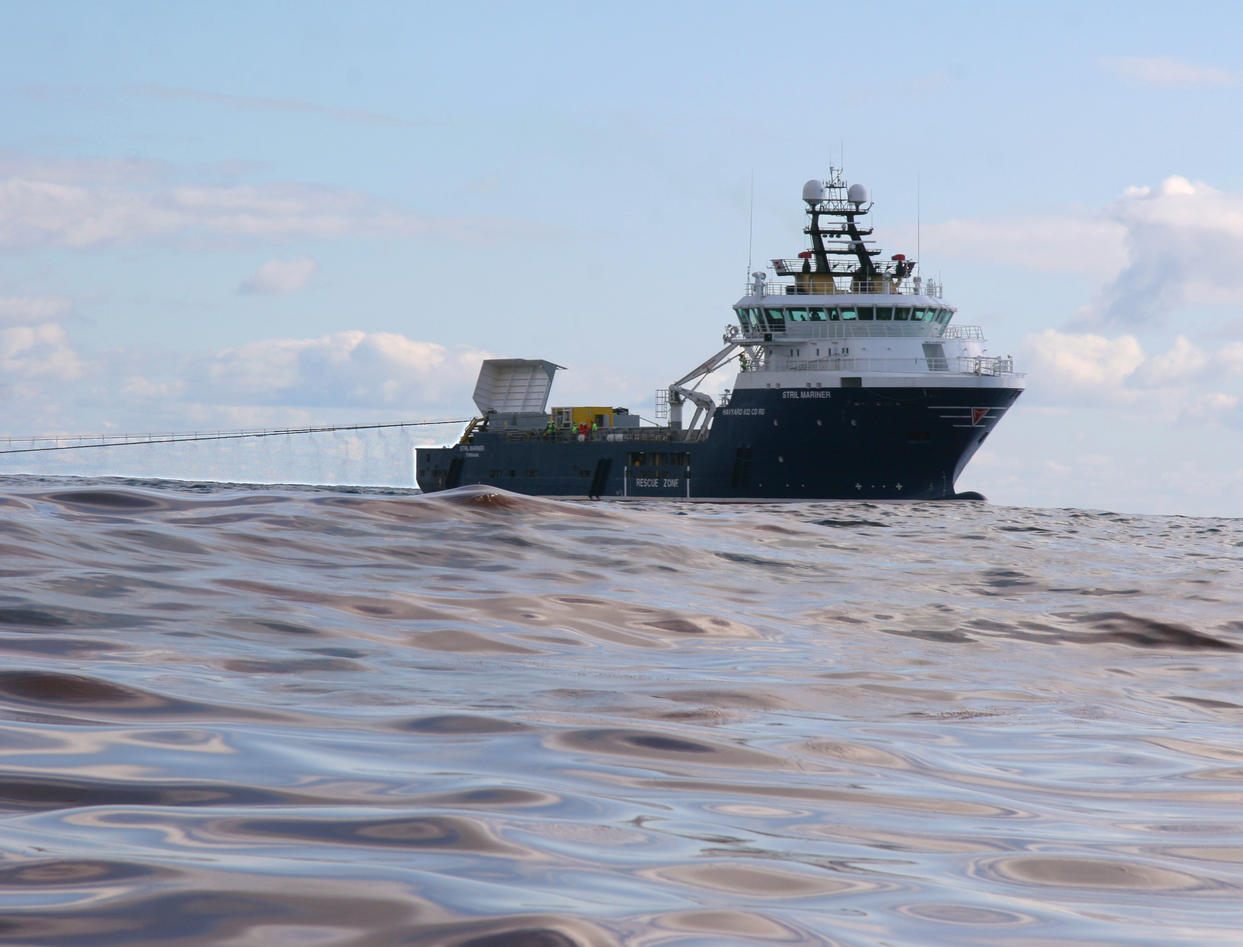Mapping exposure among oil spill response workers
Incidents of oil spills at sea occur from time to time, but so far incidents have mostly comprised of heavier crude or bunker oil.

Main content
Oil found on the Norwegian continental shelf in recent years tend to be lighter crude oils and condensates with other physiochemical properties and a higher concentration of volatile organic compounds toxic to human than the heavier crudes. The lighter crude oils and condensates also tend to form a thin oil film on the sea surface that may spread over large areas under calm weather conditions. Hence it is necessary to study how these oils behave at sea with time and climatic influence and how the air concentration of volatile compounds changes with time. Findings from such a study can be implemented in a response plan in order to provide safe and adequate oil spill combat.
To date there are no published studies on the chemical exposure to oil spill responders working immediately after a spill of lighter crudes or condensates offshore. To map the human exposure to toxic volatile components of the oil the department of Occupational and Environmental Medicine at the University of Bergen initiated a 3-year project in August 2014 called “Air monitoring of volatile organic compounds with respect to risk of human exposure during oil spill response operations offshore” in collaboration with the department of Materials and Chemistry at SINTEF in Trondheim.
The project plans to collect physiochemical data of various light crude oils and condensates with potential of forming a thin oil film (TOF) when spilled on the sea surface. In addition, different methods of air monitoring of the air above the thin oil film will be used to collect exposure data. The project is divided into three parts, where the ultimate goal is to document the exposure degree during oil spill combat offshore and the potential human uptake of benzene among oil spill responders.
Part 1: Bench scale
Early in 2015 a laboratory experiment will be set up in an open system, customized beaker filled with seawater and oil forming a thin oil film. The goal is to obtain information about how different oil types behave with both time and various external influences, and how the air concentration of relevant volatile oil components changes with time.
Part 2: Meso scale
During spring of 2015 experiments with a few selected oils will be carried out in an open system, indoor basin in order to verify bench scale experiments in a larger scale. Oil properties and behaviour as well as the air concentration of relevant volatile oil components will be measured in the same manner as in the bench scale experiment.
Part 3: Field scale
A full-scale field trial will be held in the early summer of 2015 in cooperation with NOFO and the NCA`s annual oil on water exercise. This experiment will be set up to verify the meso scale experiments by doing comparable measurements when oil is laid on the sea surface as a thin oil film. Additionally personal air measurements will be performed on oil spill responders who are directly exposed to the oil when working. Biological samples will also be included in the field to study the potential human uptake of benzene.
The study is a PhD, part of the Petromaks2 project funded by the Norwegian Research Council and some of the biggest oil operators on the Norwegian continental shelf. The people involved with the PhD is research fellow Ingrid Gjesteland, main supervisor Magne Bråtveit, and co-supervisors Per Daling and Bjørg Eli Hollund.

